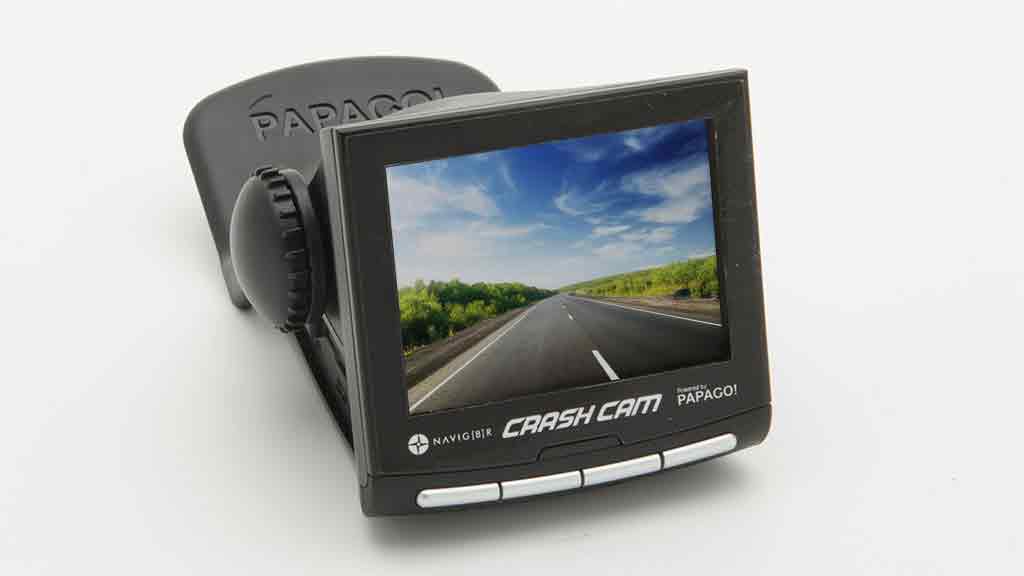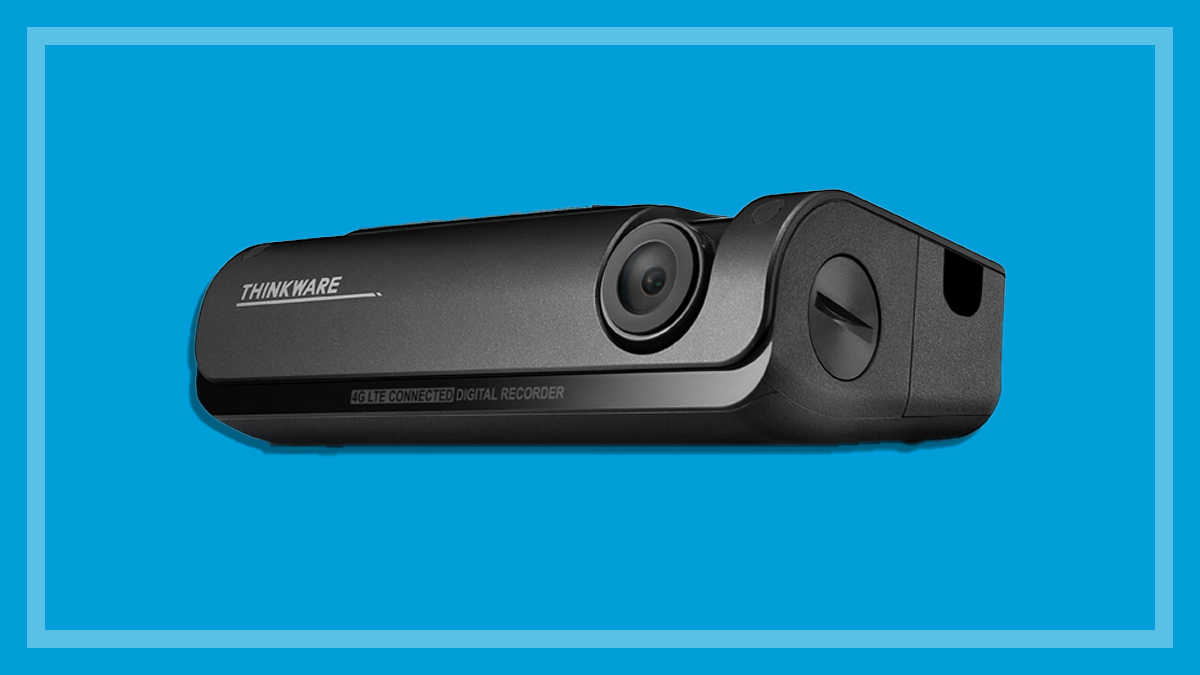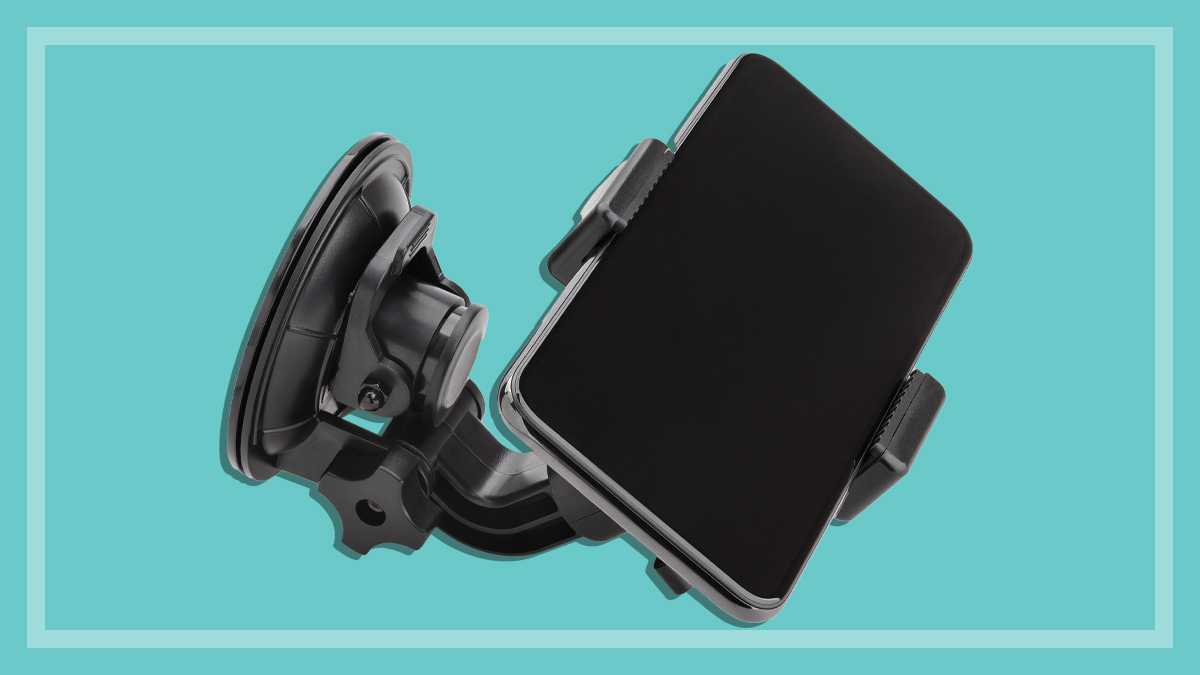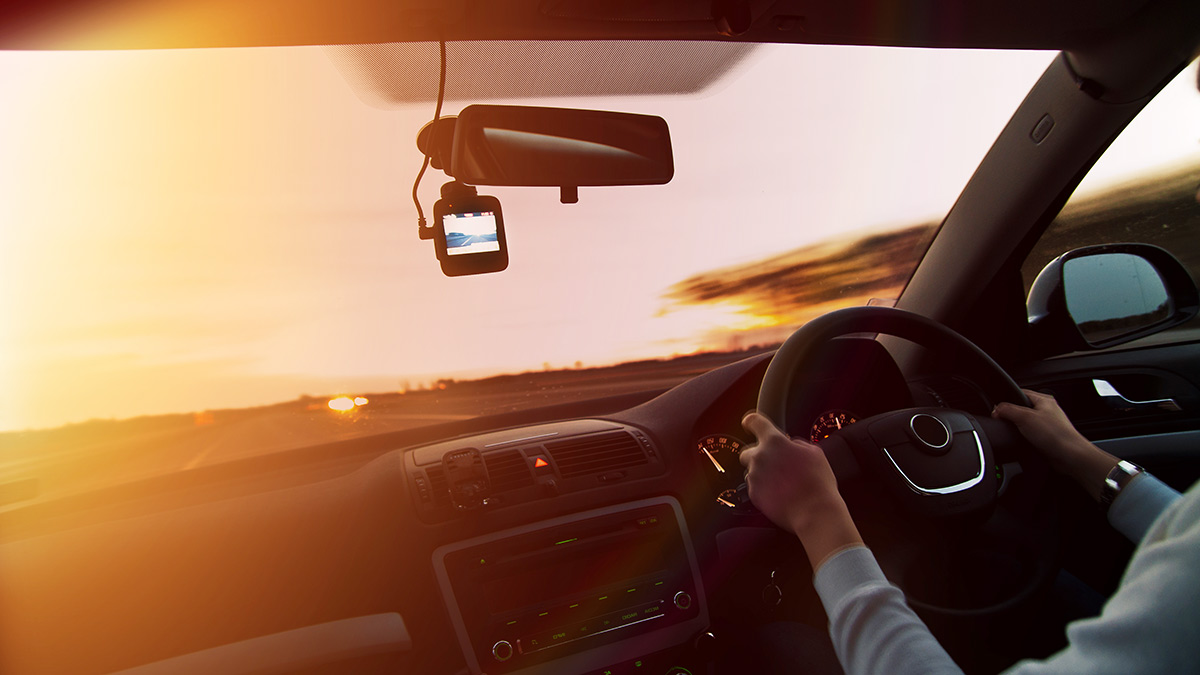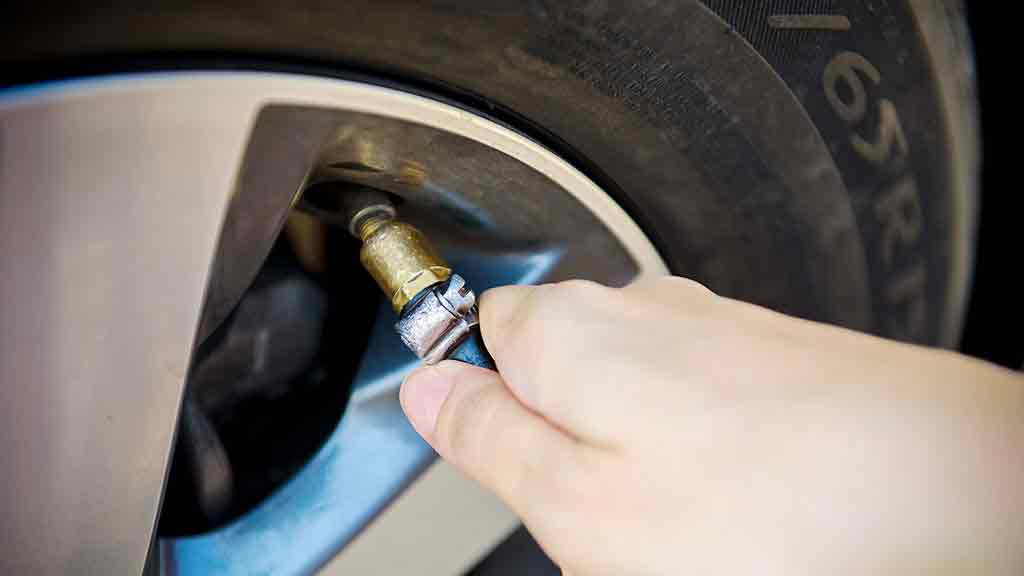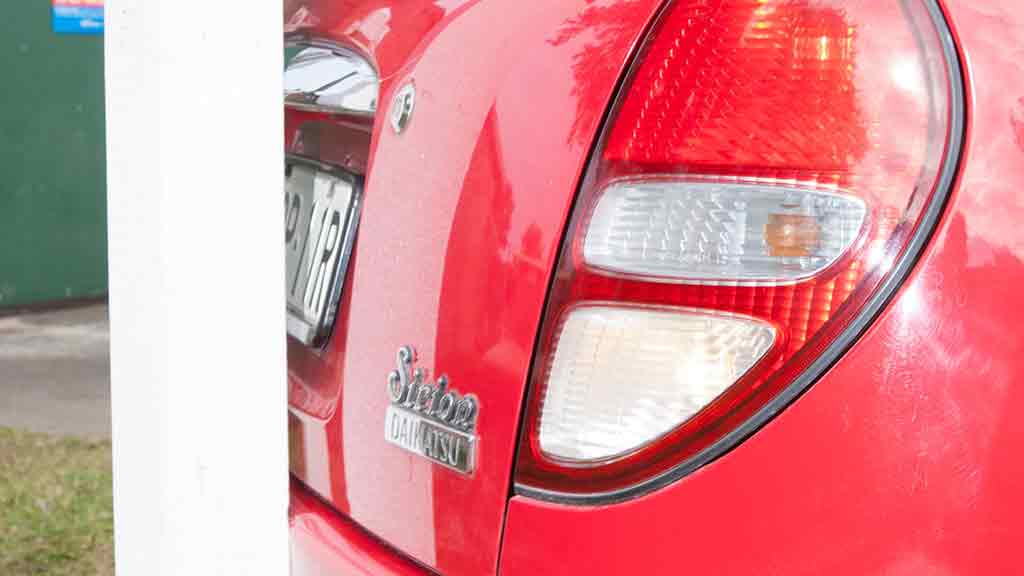Get our independent lab tests, expert reviews and honest advice.
How to buy the best dashboard camera
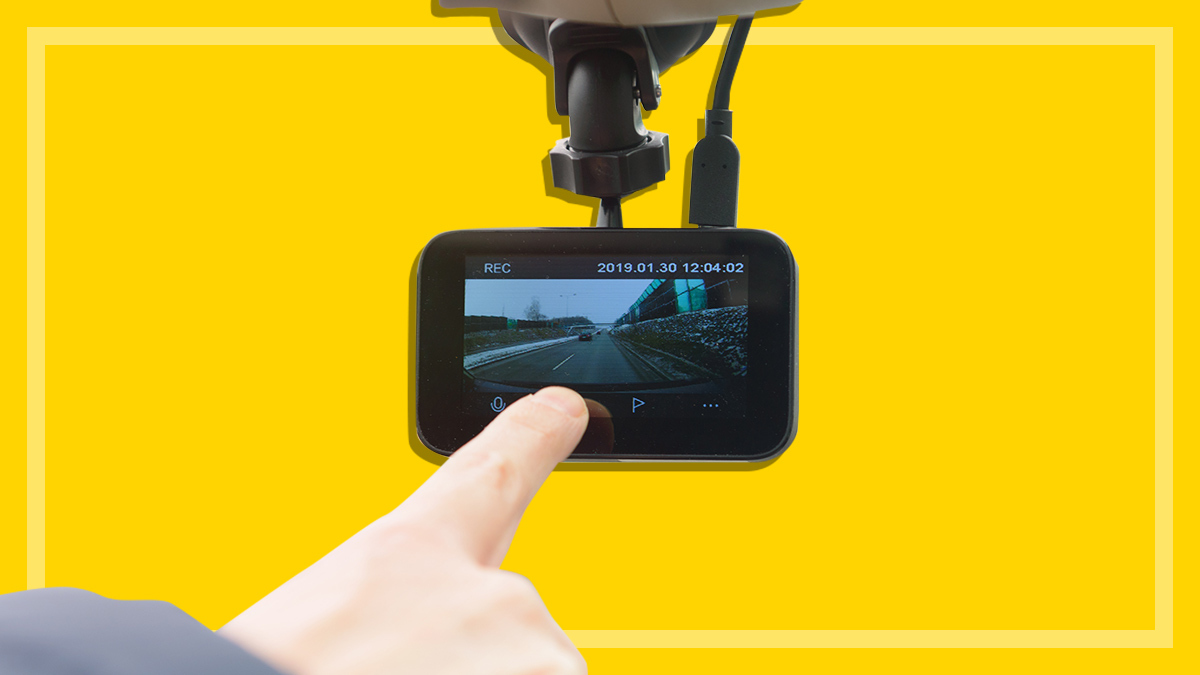
If you’ve seen any online or news videos of dangerous drivers or wacky traffic incidents, chances are they were recorded with a car dashboard camera.
On this page:
- How much do dash cams cost?
- Is it legal to use a dash cam?
- Installing a dash cam
- What to look for in a dash cam
- Do you need a dash cam?
- How to recycle your old dash cam
Also known as dash cams, these devices are mounted on the dashboard or windshield of the car and can be useful for recording evidence in accidents or road rage incidents.
5 tips for buying the best dashboard camera
How much do dash cams cost?
The dashboard cams we’ve tested range in price from $50 to around $650, but we’ve found price isn’t always an indicator of performance. Some models we recommend cost under $200.
Is it legal to use a dash cam?
Yes, it’s legal to use a dash cam, but only if it’s mounted properly in a fixed position, you don’t manually operate it while driving, and it doesn’t obscure the driver’s view of the road ahead, behind and to either side of the vehicle.
Privacy issues
Recording video while driving on public roads is OK, since privacy concerns don’t generally apply in public spaces, but think carefully about how you use the resulting videos. There should be no problem showing them to the police or insurers, but it might not always be OK to post them online.
Installing a dash cam
There are two methods for installing a dash cam.
Bracket with a suction cup: This method makes it easier to remove for security or to transfer to another car, but it can shift in place or pop off.
Adhesive: This method gives you permanent fastening and very low risk of movement, but it’s difficult to remove if it breaks or you want to upgrade.
In both cases, there’s usually a camera release switch that leaves the mount on the windscreen.
Dash cams should be positioned either behind or just below the rear vision mirror. This is so the dash cam doesn’t distract the driver while providing the greatest field of view for the lens. However, this placement can make it difficult to access the dash cam’s buttons, see the screen, or pop out the memory card. This is where an accompanying mobile app comes in handy.
What to look for in a dash cam
Built-in display screen
So you can check the alignment of the camera when setting it up, and quickly review video without a computer.
Automatic recording
All models should have this feature where the camera turns on when you start the car, and stops after a set time when the car is turned off.
Continuous loop recording
This means the camera records until the memory is full, then goes back to the oldest files and records over them. That way, you always have a recording of the last few hours.
An impact detection function typically saves and protects footage recorded during an incident, so you won’t accidentally delete it. You should expect this feature on your dash cam as standard.
Impact detection
This notes when the car has been bumped or moved – all dash cams should have this feature. Most will highlight and isolate the video segment using a date and time stamp, which includes the moments leading up to, and after, the incident. Some models automatically save this video in a separate file that won’t be deleted. They may also record data about the force and direction of the impact. If available, this information is stamped on the video, or accessible via included software.
GPS
A dash cam GPS won’t navigate you to a destination like a regular GPS unit does. It automatically records your location and speed and matches these to the video recording. Some models come with software to view the recorded data, while others will stamp this information on the video.
Stamping GPS data on the video can be useful in the event of a crash, as police and insurance agencies don’t need to install third-party software to access it. This also applies to speed and impact location stamping, if available.
Internal battery
This lets the camera run without a permanent power connection, though duration varies between manufacturers. You’ll need a cable (which comes with most models) to run the camera from the car’s 12V socket. Some models can also be hardwired to the car’s power supply.
These days, most new dash cams use an internal capacitor (or super capacitor) instead of an internal battery. This has a small amount of power that gives the dash cam enough time to save the video and shut down if it’s disconnected from the power supply.
Super capacitors are a safer alternative as they don’t pose the same risks that batteries do when they start to degrade or overheat, for example. However, a super capacitor won’t continue to operate for long without a permanent power supply.
Parking mode
This means the camera will keep running when the car is turned off, so that any accidents are still recorded. This requires the dash cam to be hardwired to the car’s power. Models with internal batteries may keep running for a short time after the car is turned off.
Most dash cams only have a small built-in battery with enough charge to run for a few minutes after the car is turned off. This suits the needs of most people as the dash cam can operate while you’re driving, but it will stop recording when the car is parked.
Some people want an added level of security, especially since a few models advertise ‘parking surveillance’ as an important feature. The car battery has been poised as the perfect solution to this problem, and it can be – under certain circumstances.
But if you’re thinking about fitting your dash cam directly to the fuse box or battery yourself, don’t do it. Why? A typical car battery delivers twice the voltage required to run a dash cam, but the power adaptor protects it by stepping down the volts and amps to a safe level.
If you cut off the adaptor and directly wire the dash cam into the fuse box it’ll get hit with far too many volts, which will damage the circuitry. It’s also unnecessary as the dash cam can draw enough power from the cigarette lighter, charge port, or USB input.
If you want to use your dash cam’s ‘parking mode’, you’ll need to buy a dash cam hardwire kit, which is designed to step the volts and amps down to a safe level. Most brands sell them as an optional extra or include one in the box alongside the dash cam.
Check the product specs to make sure you buy the right one and hire an auto electrician to install it, as the fuse box also supplies power to your car’s safety features, like the airbags. You don’t want to disconnect those by mistake. A dash cam hardwire kit can also void your vehicle warranty, so check with the manufacturer/dealership before going ahead.
Removable memory card
This should be easily accessible when the camera is mounted so you can remove it without having to detach the camera. Though more memory means more hours of video storage, the number of hours of video depends on the selected resolution and frame rate. 32GB or 64GB will usually provide several hours of recording at high resolution.
Not all models come with a memory card included, and all dash cams have a storage limit, so check the limit before buying to make sure your memory card is compatible.
Night vision
Some models claim a ‘night vision’ mode to assist in low light or night time. But don’t rely on it. We’ve found it doesn’t make a significant difference in our tests.
Computer software
Almost all manufacturers let you review video on your media player of choice. But some also have proprietary software with additional features including simple editing such as screenshots or isolating small video segments, and embedded incident information such as GPS tagging, speed and point of impact (rather than imprinting this data on the video). However, this can make things difficult during an investigation or claim, as police and insurers may need to access and install the additional software to review the information.
Mobile app
This extends physical controls and the dash cam screen to an external smartphone or tablet, which can make it easier to view the live video feed and recorded footage on a larger screen. It also adds easy-to-use dash cam controls. But the law still applies, so don’t interact with the mobile app unless the car is parked and the cam is properly mounted.
Resolution and frame rate
Though high-definition (1080p) is still the standard capture resolution, some models support 4K ultra-high definition (UHD) video. But our test results have found that greater resolution doesn’t necessarily make it easier to identify other vehicles and number plates.
A few dash cams can also record at 60 frames per second (FPS). Higher frame rates produce a smoother image, and it can make things easier when you need to grab a single shot from your footage simply because there’s more footage available per second. However, most cameras can’t record at 60 FPS and the maximum resolution at the same time.
For example, you may be able to capture footage in HD at 60FPS, but this will drop to 30FPS if you increase the quality to 4K. The specifications will note the maximum frame rate at each resolution (e.g. 4K 30FPS) and it’s up to you as to whether you prefer a higher frame rate or resolution.
Do you need a dash cam?
A dash cam can be useful on the rare occasion that you’re involved in a crash or similar incident. But they aren’t always effective or, depending on your driving record, worth the investment.
Pros
- Dash cams continuously film while you’re driving, so that they can capture accidents or similar incidents you may be involved in.
- This footage could prove you weren’t at fault if you need to make an insurance claim or provide proof in a police investigation.
- Rear-ending another car is the most common accident type in Australia. If you’re the driver of the rear-ending car then you’re usually considered at fault unless you can prove otherwise. If you’re innocent, a good dash cam could help prove it.
- It can also help you identify vehicles that may attempt to flee an incident you were involved in.
- Dash cams record driving data during an incident such as speed, impact point and location (using GPS). This can be valuable information in an investigation or insurance claim.
- Dash cams are also a simple way to record road trips (though a GoPro might be a better option).
Cons
- Many motorists are never involved in accidents so won’t get much use from a dash cam.
- A dash cam can only record video in its field of view (that is, in front of the car, unless you have a rear camera installed as well).
- Many dash cams don’t give a clear picture of another car’s number plate unless that car is very close, directly ahead and in bright daylight without glare (and some models struggle even then).
Dash cam alternative
If you don’t have any interest in impact detection, GPS tagging or recording your speed, consider attaching an action cam instead (like a GoPro).
Some deliver much better video quality and they have a range of accessories and mounts. You can place the camera in a variety of positions in and around the vehicle, depending on the mount, and they can be a particularly good option if you simply want to shoot some home movies while rolling down the highway.
How to recycle your old dash cam
Dash cams do a pretty specific job, so you can’t really repurpose an old one when it’s time for an upgrade. But you may be able to donate it.
Donate it
Salvos and some Vinnies stores will take your old dash cam provided it’s in good working order. It’s also worth checking out smaller charities or community organisations in your area as they may accept them too. The Red Cross doesn’t accept any electronics.
Just make sure everything is functioning beforehand. Plug it into your car, record some footage and transfer that to your computer. If there aren’t any hiccups, it can be donated, but if something goes wrong, then it needs to be recycled.
Recycle it
Small electronic items are relatively easy to recycle via e-waste services. Start with the Recycling Near You database. It’ll show you where to find e-cyclers in your area, which you can contact to see if they’ll take your old dash cam.
JB Hi-Fi and The Good Guys will also recycle your old dash cam via a partnership with Ecoactive. All you need to do is head to the Ecoactive website, enter your details and the items you’d like to recycle (Parking and Reverse Cameras in this case), and a staff member will get in touch.
It’s also worth checking the e-cycling services that your local council provides. Most are likely to take dash cams during e-waste drop-off events that happen throughout the year, so visit the website or give them a call for more information.

